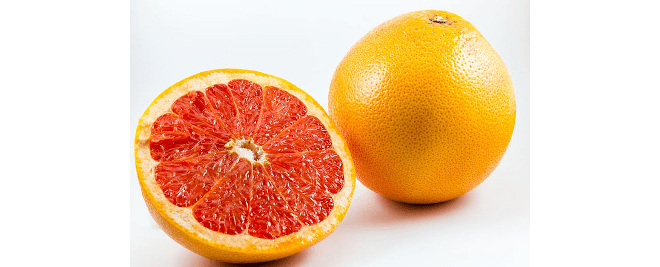
Depending upon what foods you take with rapamycin, the bioavailability can significantly increase or decrease. This in turn can impact how much rapamycin you need, and in turn the average monthly cost of using rapamycin. To minimize variability, rapamycin should be taken consistently with or without food.
What are key options to consider for how I take rapamycin?
- With Fatty Meal
- With Grapefruit Juice (GFJ)
- With the anti-fungal drug called “ketoconazole”
The important points to note here are:
- If your take your rapamycin with a fatty meal (I take it with a can of sardines for example) you typically increase the bioavailability by about 35%. This saves you money because if you want to be taking an equivalent of 4mg of rapamycin, you may only need to take 3 x 1mg tablets with a fatty meal to get the same effect as you would taking 4 tablets of 1mg.
- Studies have shown that taking rapamycin with grapefruit juice (from frozen concentrate, in the study), you can get on average a 350% increase in bioavailability. This suggests that instead of 3.5 mg of rapamycin, you could instead take just a single 1mg tablet with grapefruit juice (GFJ) to get the same “effective dose” of rapamycin. There are some important considerations, risks and limitations - so read more down below before you jump into doing this.
Read the full story here: Improve Bioavailability of Rapamycin (part 2)